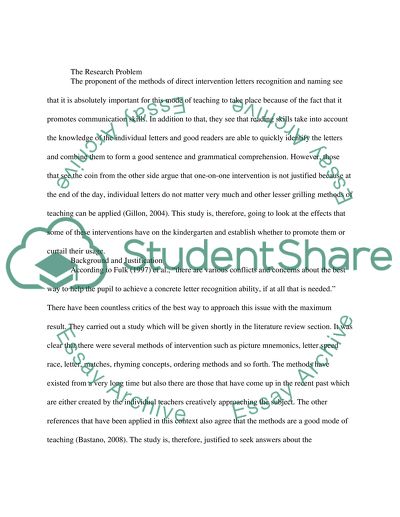Cite this document
(“The Effects of One-On-One Intervention on Letter Recognition in Dissertation”, n.d.)
Retrieved de https://studentshare.org/english/1391874-the-effects-of-one-on-one-intervention-on-letter
Retrieved de https://studentshare.org/english/1391874-the-effects-of-one-on-one-intervention-on-letter
(The Effects of One-On-One Intervention on Letter Recognition in Dissertation)
https://studentshare.org/english/1391874-the-effects-of-one-on-one-intervention-on-letter.
https://studentshare.org/english/1391874-the-effects-of-one-on-one-intervention-on-letter.
“The Effects of One-On-One Intervention on Letter Recognition in Dissertation”, n.d. https://studentshare.org/english/1391874-the-effects-of-one-on-one-intervention-on-letter.


